Detailed introduction of the University of Sfax, Tunisia:
Introduction
The University of Sfax, Tunisia is a well-known public university in Tunisia. It is located in Sfax and offers undergraduate, master's and doctoral programs in a variety of fields including medicine, economics, management, law, literature, humanities, science, engineering, etc.
Overview
Teacher and student scale: It has 2,420 permanent teachers and researchers, 1,350 administrative staff, and about 30,000 students each year.
Student gender ratio: The male to female ratio is about 33:67.
International student ratio: about 3%.
History and establishment time
The school was established in 1986 and was originally named the University of the South. It aims to provide higher education opportunities for students in southern Tunisia and promote economic development in the region. In 2003, the University of Gabes separated from the University of Sfax; the following year, the University of Gafsa was established, and the University of Sfax gradually developed into its current size.
School Strength
Teaching Level: It is one of the highest-ranked universities in Tunisia, with a high reputation and influence in the country. Its students have outstanding performance in various fields and have made important contributions to the development of the region and the country.
Scientific Research Capabilities: Through its 5 doctoral colleges, 66 research laboratories, 37 research units and 11 joint service research units, it conducts high-quality scientific research in various fields from social humanities to hard technology sciences.
International Cooperation: It has academic cooperation with universities in France, Canada, Belgium, Morocco and other countries on research and exchange projects, and has established a wide range of cooperation networks, providing students with rich international exchanges and learning opportunities.
Institutional Nature
Public University.
Educational Philosophy
Focus on combining scientific research results and their applications, and is committed to cultivating students' innovation and entrepreneurship capabilities. It provides students with employment training and certification through the Career Center to improve students' employability and actively promote the development of the region and the country.
Key Laboratories and Disciplines
Key Disciplines: Medicine, Economics, Management, Law, Literature, Humanities, Science, Engineering and other fields have certain advantages. In the 2025 THE World University Rankings, life sciences, business and economics, clinical and health, computer science, engineering, social sciences, physical sciences and other disciplines are all on the list.
Research platform: It has research platforms such as the Biotechnology Center.
Faculty
It consists of 21 higher education institutions, 5 research schools, 3 colleges, 12 institutes and 1 research center, including Sfax Medical College, School of Economics and Management, School of Law, School of Literature and Humanities, School of Science, National School of Engineers, National School of Electronics and Telecommunications, Business School, Higher School of Health Sciences and Technology, etc.
Ranking
QS ranking: In the 2025 QS World University Rankings, it is in the 1001-1200 range.
THE ranking: In the 2025 Times Higher Education World University Rankings, it is in the 1001-1200 range.
CWUR ranking: In the CWUR World University Rankings, the university ranks 2nd in Tunisia and 1238th in the world.
Fees
Tuition fees for international students are approximately 1,500 euros per year, and tuition fees for domestic students are approximately 15 euros per year.
Campus Environment
Located in Sfax, the campus is inspired by Middle Eastern and Islamic architecture. It has modern teaching facilities, including classrooms with audio-visual equipment, libraries, sports centers, health and medical facilities, restaurants, common rooms and laboratories, etc., providing students with a good learning and living environment.
-
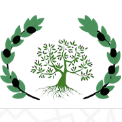
Ez-zitouna University
-
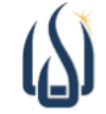
University of Sfax
-
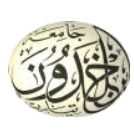
Ibn Khaldoun University
-
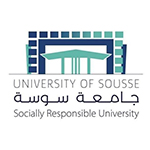
Sousse University
-
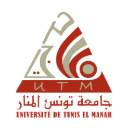
Tunis el Manar University
-
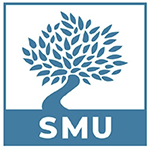
Mediterranean School of Business
-
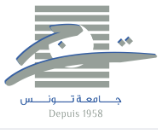
Tunis University
-

Central University
-

Monastir University
-

International University of Tunis
-

Mesoamerican University
-

Istmo University
-

Mariano Galvez University of Guatemala
-

Regional University of Guatemala
-

Galileo University
-

Francisco Marroquín University
-

Rafael Landívar University
-

University of the Valley of Guatemala
-

University of San Carlos of Guatemala
-

Technological Institute of Tlaxcala Plateau
-

Golfo University
-

Technological University of South Sonora
-

Technological University of Huejotzingo
-

Tizimín Institute of Technology
-

Chilpancingo Institute of Technology
